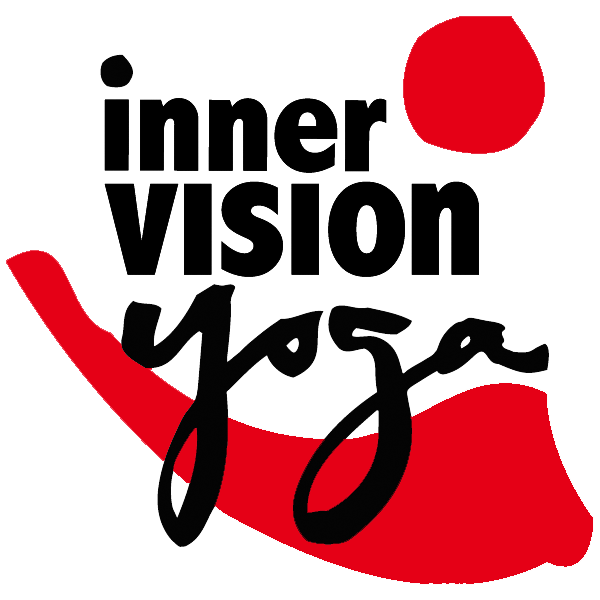Patanjali’s Eight Limbs of Yoga
by Jeff Martens
Patanjali’s Yoga Sutra, the definitive classical yoga teaching written sometime around 300-250 BC, outlines eight limbs of yoga as a way of life. According to patanjali and many other Masters, we suffer because we have forgotten our Spiritual identity. Yet Yoga is not a religion; it embraces all religions or Spiritual beliefs, or none at all. At its root Yoga is a practice, an art and a science where you prove everything for yourself through personal experience and the integration of body, mind and soul.
When Patanjali’s eight limbs are practiced together, the ultimate realization of truth and ones true source is attained. This realization is the enlightened state beyond suffering known as samadhi, the fountainhead of ultimate bliss, love and joy. Samadhi is not something to be coveted, added or reached, since your very yearning would be acknowledging ignorance and separating yourself from that which you already are.
One way to think of enlightenment is to understand that we may already exist in a state of Samadhi, but it is the ignorance (avidya) of our true nature that causes us to suffer. Yoga is the practice that allows us to remember, to trransform our ignorance and realize our fundamental state of being.
The eight limbs described by Patanjali in the Yoga Sutras are:
1) Yama: Morals or principals of right-living. Nonviolence (Ahimsa), Truthfulness (Satya), Non stealing (Asteya), Chastity or living simply/non accumulation (Brahmacarya), and non covetousness (Aparigraha). The sincere practice of these universal principals makes it possible not to harm any living creature in either thought, word or action.
2) Niyama: Personal ways of living which develop discipline and focus. Cleanliness of mind and body (Sauca), Contentment (Santosa), Passion for your practice to burn off impurities and disease (Tapas), Study of the Self (Svadhyaya) and Surrender of all thoughts and actions to God or the Universe (Isvarapranidhana).
3) Asanas: Yoga postures. At its deepest form, Asanas offer the potential for a moving meditation that prepares and integrates body, mind and spirit into a blissful union with the infinite. It is thought that there are 840,000 asanas defining the full scope of human motion.
4) Pranayama: Breath control through consciousness. This is the control of the life-force used to create an inward focus of calmness and a greater awareness.
5) Pratyahara: Withdrawal of the five external senses to release distractions and discover the eternal stillness which resides within us all.
6) Dharana: Continuous unbroken concentration.
7) Dhyana: Meditation. The unbroken concentration on an external or internal object in which the observer and the observed merge into th every act of observation, cultivating a state of peaceful union.
8) Samadhi: The transcending state of enlightenment. The absorption of the small self (asmita, ego, idea of separateness) into the infinite Self (Ishvara, Sat Parusa).
Jeff Martens is a teacher, writer and co-owner of Inner Vision Yoga. All suggestions are voluntary. Consult a qualified teacher or your physician before you embark on any practice in which you are unfamiliar.
Do you have a question you’d like to ask? e-mail us by clicking here.
Take me back to the Inspiration Home Page
For more inspiring yoga essays click here…
